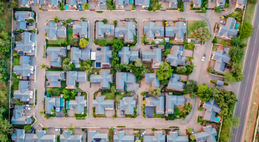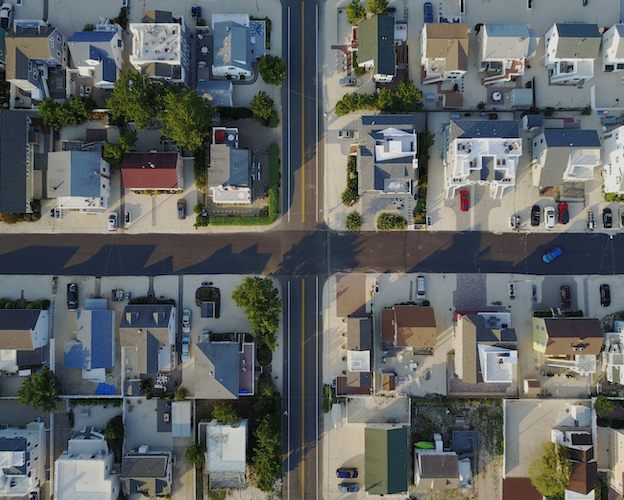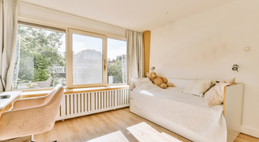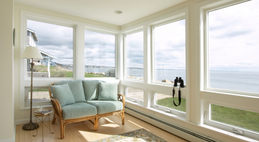In particular we focus on getting the loan structure right the first time, choosing which lenders to use in the right order (yes this is important) and finally getting our clients the best deal possible.
SMSF Property Investing & Lending - Back on the agenda
SMSF Property Investing & Lending - Back on the agenda
Interest in investing in property via an SMSF seems to be increasing. One of the drivers of this may be affordability constraints for investors outside of super and a more competitive landscape returning to the SMSF lending market.
Banks pulled out of the SMSF lending market many years ago and have not returned, however the non-banks are now offering rates that are competitive. We are seeing rates about 0.75% pa above typical investment loan rates which is a lot more competitive than it has been for many years. The spread at one point was more like 1.50% - 2.00%.
The following information is for illustration purposes only and is not intended to be financial advice. Please seek your own advice.
Do you have an SMSF loan with St George, Westpac or AMP?
If you borrowed with a bank lender years ago for an SMSF purchase and have not reviewed your loan recently, please make the effort to reach out to us. You could save yourself over 1.5% pa in interest. On a typical $400K loan that equates to $6,000 pa. The other great thing is the changeover complexity and cost has also been greatly reduced.
How much super do you need to buy a property?
As there are costs involved in running an SMSF ie. annual ASIC fees, accountant fees, audit fees etc etc the general advice seems to be that you need at least $250,000 to make it cost effective.
While we don’t give specific financial advice, common sense says you should never put all your eggs in one basket, so putting every last $ of your super into the deposit on a property doesn’t make sense to us. Likewise, if you are having to put all of your super contributions towards paying off an SMSF loan you will potentially miss out on compounding growth in your other super assets. Therefore, we are recommending clients have at least say $450,000 in super or the ability to contribute to the fund to get it to that sort of level.
Example $700,000 SMSF purchase
A couple has set up an SMSF with $500,000 in the fund and they have combined annual super guarantee contributions of $27,500 ($250K pa combined salaries and 11% super contribution). They intend to purchase a property around $700,000 with a rental income of $600 / week. They don’t want to put all their super into the property and we agree to go for a 65% LVR loan leaving them $220,000 remaining in the fund post purchase. They intend to retire in about 15 years.
Funding the purchase:
- $700,000 purchase price.
- $35,000 all costs associated with purchase including stamp duty, legal and lender fees.
- $455,000 (65% LVR) SMSF loan sought.
= $280,000 SMSF contribution required ($700,000 + $35,000 - $455,000).
Basic servicing of the loan (monthly figures):
- Rental income = $600 / week x 52/12 = $2,600
- Super contributions = $27,500 /12 = $2,292
Less
- Super contributions tax 15% = $344
- Repayments = $455,000 @ 7.24% pa over 30 years = $3,101
- Property holding costs = $650
$797 = Surplus per month
Loan balance and property values at retirement age (15 years):
- Loan balance in 15 years’ time = $339,000
- Property value assuming 5% annual growth = $1,455,000
- Net asset value on sale less selling cost = $1,079,000
Comparing returns - SMSF Property Versus Managed Funds
Let’s do a simple comparison between the returns via property inside an SMSF versus managed funds.
Assuming you invested the initial deposit of $280,000 into a managed fund returning 6% pa on average instead of putting towards a property (we assumed a 5% capital gain pa on property). The managed funds would be worth $671,000 in 15 years’ time while the net proceeds from the property would be worth $1,079,000 as per above.
The results…$408,000 more cash in the bank for the property option!!
The power of leveraging the $280,000 deposit into an asset worth $700,000 gives the higher overall basic return even if the returns on the property asset class are less than shares / managed funds.
This is a simple comparison and doesn’t consider many things that would ultimately affect the results such as increasing rents over time, property repair costs, tax treatment of the loan interest, compounding returns from contributions not put towards paying down the loan. It also doesn’t acknowledge with borrowing / leverage there is always a risk of a forced sale.
All things being equal though the power of leverage inside your SMSF can “super” size returns and potentially set you up for a better retirement.
What sort of property is best for SMSF investing?
Ones that don’t need major renovations.
One of the rules when acquiring a property through your super fund is you can’t fund improvements to a property. Repairs are OK but there are strict rules around this. A new kitchen for example would not be OK when you could just replace an oven that wasn’t working. Any loan the fund takes out can’t be increased and extra repayments into the loan cannot be redrawn on.
Because of this we would only consider properties that are likely to not require major renovations in your investment time horizon.
Thinking of investing in property through your SMSF?
Two heads are better than one, so book an appointment with Mortgage Experts to see if this would make sense for you.
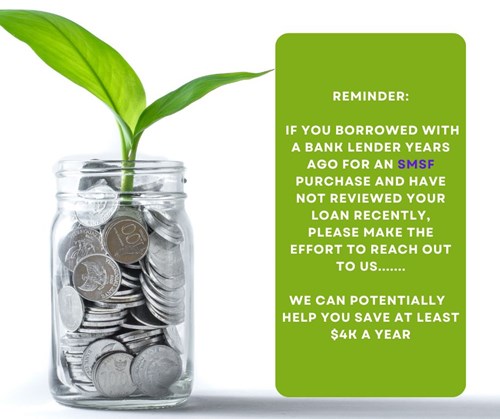
Recent Posts
- Is now the time to access equity? APRA changes coming + Interest rate outlook
- Government Guarantee Scheme – an update on the changes from 1st October 2025
- Limited Deposit and don’t qualify for the government guarantee scheme? Up to 100% LVR loans available
- Government grants and schemes - to help you into the market
- Is Darwin property about to go Boom?
- Comparing interest rates (Western Democracies)
- Stage 3 Tax cuts - how will it effect your borrowing capacity?
- Property Share Loan Structure
- SMSF Property Investing & Lending - Back on the agenda
- Could the next move in interest rates be down?







